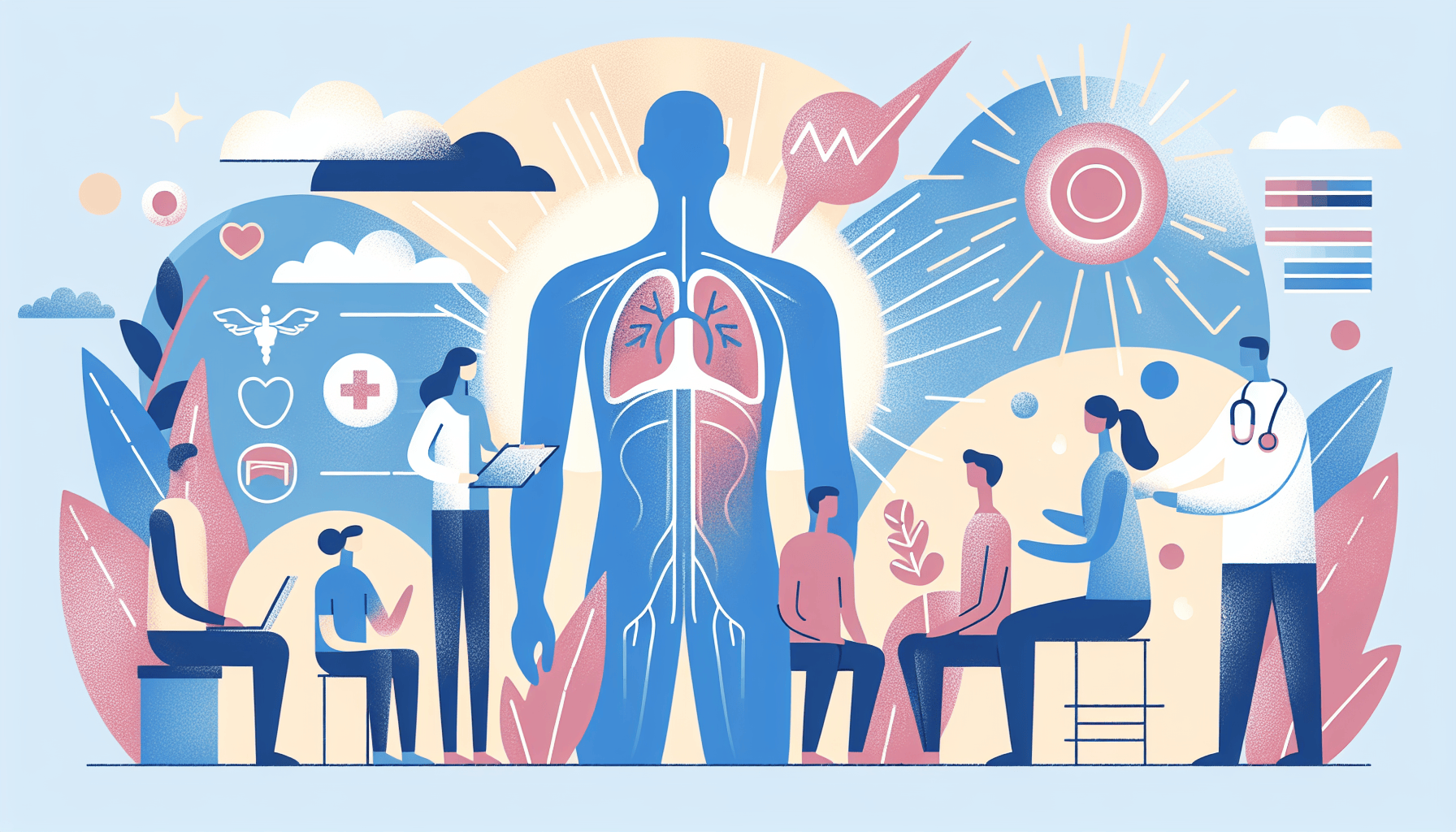Tirzepatide for Sleep Apnea - Can It Help?
Understanding Sleep Apnea and Its ChallengesSleep apnea is a common yet serious sleep disorder characterized by repeated interruptions in breathing during sleep. These pauses [...]
Read More
Medically reviewed by Abhijit Bhattacharyya | MD, PhD, MBA, Tufts University School of Medicine - Miami, Florida on March 17th, 2024.
Muscular dystrophy is a group of genetic disorders that cause progressive muscle weakness and loss of muscle mass. While there are many types of muscular dystrophy, they all share a common characteristic: the gradual deterioration of muscle strength over time. If you or a loved one has been diagnosed with muscular dystrophy, it's essential to understand the symptoms, diagnosis process, and available treatment options.
Muscular dystrophy is caused by mutations in the genes responsible for producing proteins that protect and maintain healthy muscles. When these proteins are missing or not functioning correctly, the muscles become weak and damaged over time. In most cases, muscular dystrophy is inherited from a parent who carries the defective gene.
The symptoms of muscular dystrophy vary depending on the specific type of the disorder. However, some common signs and symptoms include:
Muscle weakness, particularly in the legs and pelvis
Difficulty walking, running, or jumping
Frequent falls
Muscle cramps and stiffness
Difficulty getting up from a sitting or lying position
Skeletal deformities, such as scoliosis (curved spine)
Breathing and swallowing difficulties
Heart problems
To diagnose muscular dystrophy, your doctor will conduct a thorough physical examination and review your medical and family history. They may also recommend several tests, including:
Blood tests to measure enzyme levels and detect genetic mutations
Electromyography (EMG) to assess muscle and nerve function
Muscle biopsy to examine muscle tissue for signs of damage or abnormalities
Imaging tests, such as MRI or ultrasound, to visualize the muscles
Genetic testing to identify specific gene mutations

While there is currently no cure for muscular dystrophy, several treatment options can help manage symptoms, maintain muscle function, and improve quality of life. These include:
Physical therapy to maintain muscle strength and flexibility
Occupational therapy to help with daily activities and adaptive equipment
Speech therapy to address swallowing and communication difficulties
Respiratory therapy to support breathing function
Medications to reduce inflammation, manage pain, and slow muscle damage
Surgery to correct skeletal deformities or address heart problems
In addition to medical treatments, adopting a healthy lifestyle can also help manage muscular dystrophy. This includes maintaining a balanced diet, staying active within your abilities, getting adequate rest, and using assistive devices as needed.
Living with muscular dystrophy can be challenging, but with proper care and support, many people with the condition lead fulfilling lives. It's essential to work closely with your healthcare team to develop a comprehensive treatment plan tailored to your specific needs. Joining a support group or connecting with others who have muscular dystrophy can also provide valuable emotional support and practical advice.
For more information and resources on muscular dystrophy, visit the Muscular Dystrophy Association, National Institute of Neurological Disorders and Stroke, or the Centers for Disease Control and Prevention.
Understanding Sleep Apnea and Its ChallengesSleep apnea is a common yet serious sleep disorder characterized by repeated interruptions in breathing during sleep. These pauses [...]
Read MoreHeart attacks are often perceived as a predominantly male health issue, but the reality is that heart disease is the leading cause of death for women worldwide. Recognizing [...]
Read MoreTelehealth has transformed the way patients access healthcare, offering convenience, speed, and accessibility that traditional in-person visits often cannot match. With the [...]
Read More